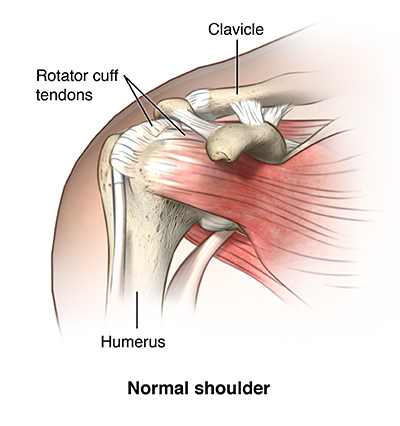How to Treat Your Rotator Cuff Injury From a Rotator Cuff Injury

In osteoarthritis, the term labrum refers to a band of fibrous tissue (fibrillar collagen) running along the exterior of the bone on the lateral edge (face) of a joint. The terms labrum capitis refer to the capital of either a labrum fascia. The word labrum refers to the labrum (a fibrous band) found in a normal joint.
Labrum: in osteoarthritis, a band of thick fibrocartilaginous (fibrillar collagen) tissue (labrum) runs along the outside edge (face) of a joint on the lateral face of that joint. The terms labrum fascia are used in anatomy, respectively, to describe a lip or rim of bone that runs around a cavity in a scapula (a piece of bone located in front of and beneath the shoulder blade). The fibers of both the fibroblastic tissues (of the labrum) and the ligaments (of the labrum) are sensitive to friction. Pain occurs as the body's attempt to repair itself by pulling the fibroblastic tissues and ligaments together.
Labrum Herniated: the labrum at the hip joint can be either inflamed (as when the knee is injured) or a little less inflamed (as if the knee was just resting). When the inflamed portion of the labrum (at the front edge) becomes displaced, it may cause pain in the inside part of the knee.
Osteoarthritis in knees: A degenerative disease that affects the hip joint causes pain in both the inside and outside of the knee. This type of osteoarthritis can cause arthritis of the hip and knee joint.
Bone fragments in the joint: As the cartilage of a joint wears away, it produces bone fragments. These fragments become lodged in the joint, causing pain. Sometimes, the bone fragments may not cause any pain at all. In other cases, when the bone fragments are particularly big, they can cause pain that radiates up through the joint.
A small bone fragment can cause pain in the side of the joint (anterior) after the other large bone fragments (of the cartilage in the other side of the joint) have moved to the inside. These large pieces can become lodged in a small opening near the top of the joint. A big fragment can cause pain from the inside in an area where it is stuck to the bone (medial aspect of the joint). Often, both the large and small pieces cause pain in the inside of the joint (anterior).
Pain in one of these areas (in either case), if prolonged, can cause loss of mobility
Because of this problem, the movement of an arm or a leg is restricted, and the patient might have difficulty with a simple task.
The important thing about knowing the anatomy of your joint is that the causes of this joint pain can be very diverse. So do not think that all of your pain is caused by one thing. It is important to find out which part of your joint you have pain in.
When a person suffers from a tear or dislocation of the labrum, two different things can happen. The first is that the cartilage in the joint is partially damaged. This type of injury is called an avascular labral tear. The second, more serious, type of damage is known as a chondromalacia labrum tear.
While you can be sure that an avascular tear will cause pain in the inside of the joint, the chondromalacia damage is not so clear. Because of this, the doctors don't know exactly how to treat the chondromalacia pain. Even though the symptoms of this injury can be very similar to those of a tear, there is no way to tell for sure if it is a tear or a chondromalacia.
If the cartilage is completely damaged, the only way to find out is to have the bones of the joint checked for bone fragments. If the doctor is not able to find bone fragments, he or she can inject a dye into the damaged area.
After the bone fragments have been found, the doctor can take x-rays and a CT scan of the joint. If the x-ray shows that the cartilage has been completely destroyed, the doctor can begin to heal the cartilage by cutting it off, but if the cartilage is still intact, it can be replaced by the body.